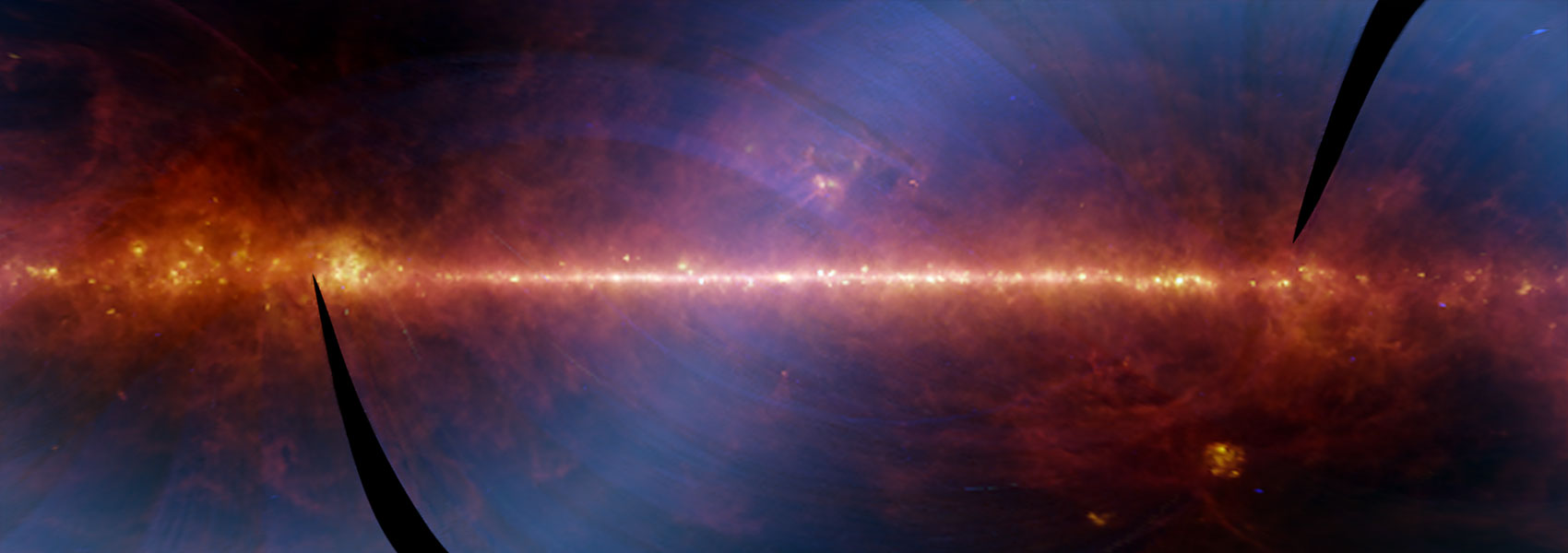
Near-IR Weak-lensing (NIRWL) Measurements in the CANDELS Fields. I. Point-spread Function Modeling and Systematics
November 2023 • 2023ApJ...958...33F
Abstract • We have undertaken a near-IR weak-lensing (NIRWL) analysis of the CANDELS HST/WFC3-IR F160W observations. With the Gaia proper motion–corrected catalog as an astrometric reference, we updated the astrometry of the five CANDELS mosaics and achieved an absolute alignment within 0.″02 ± 0.″02, on average, which is a factor of several superior to existing mosaics. These mosaics are available to download (https://drive.google.com/drive/folders/1k9WEV3tBOuRKBlcaTJ0-wTZnUCisS__r). We investigated the systematic effects that need to be corrected for weak-lensing measurements. We find that the largest contributing systematic effect is caused by undersampling. We find a subpixel centroid dependence on the PSF shape that causes the PSF ellipticity and size to vary by up to 0.02 and 3%, respectively. Using the UDS as an example field, we show that undersampling induces a multiplicative shear bias of ‑0.025. We find that the brighter-fatter effect causes a 2% increase in the size of the PSF and discover a brighter-rounder effect that changes the ellipticity by 0.006. Based on the small range of slopes in a galaxy's spectral energy distribution (SED) within the WFC3-IR bandpasses, we suggest that the impact of the galaxy SED on the PSF is minor. Finally, we model the PSF of WFC3-IR F160W for weak lensing using a principal component analysis. The PSF models account for temporal and spatial variations of the PSF. The PSF corrections result in residual ellipticities and sizes, ∣de 1∣ < 0.0005 ± 0.0003, ∣de 2∣ < 0.0005 ± 0.0003, and ∣dR∣ < 0.0005 ± 0.0001, that are sufficient for the upcoming NIRWL search for massive overdensities in the five CANDELS fields.
Links
- SIMBAD https://simbad.u-strasbg.fr/simbad/sim-ref?querymethod=bib&simbo=on&submit=submit+bibcode&bibcode=2023ApJ...958...33F
- PDF https://iopscience.iop.org/article/10.3847/1538-4357/acfafd/pdf
- PREPRINT http://arxiv.org/abs/2301.07725
- DATA https://archive.stsci.edu/mastbibref.php?bibcode=2023ApJ...958...33F
- DATA https://doi.org/10.17909/bbp9-w694
- DATA https://doi.org/10.17909/f6hb-ez10
- DATA https://hst.esac.esa.int/ehst/#/pages/search;bibcode=2023ApJ...958...33F
- ELECTR https://doi.org/10.3847/1538-4357/acfafd


